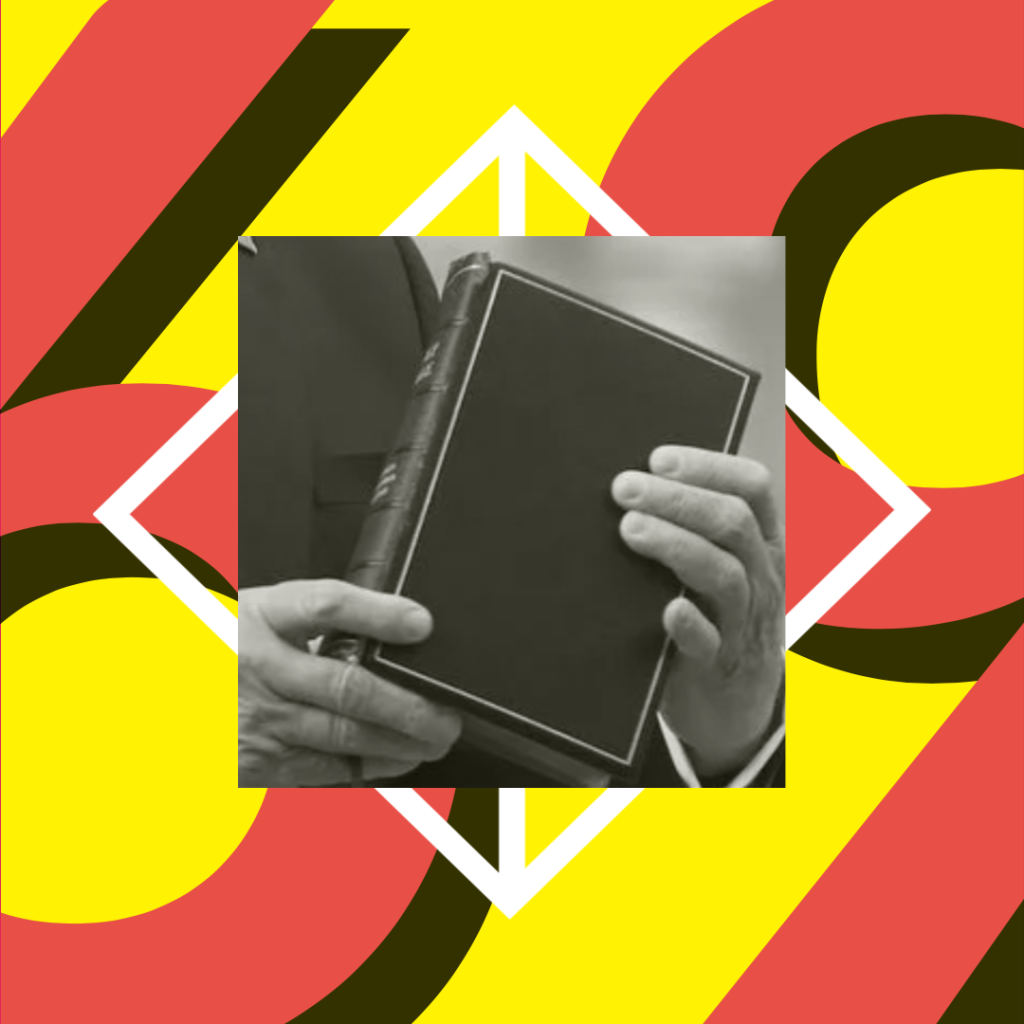Today was a busy day. I wrote for a client in the morning and finalized a book layout in the afternoon. I was settling in to read and zone out with the comforting background noise of masked, quarantined, socially isolated baseball when I remembered that I hadn’t written today’s post.
I was unsure if that baseball game would be played tonight. In fact, I was hoping it wouldn’t be. The Milwaukee Bucks of the NBA staged a wildcat strike in the afternoon, staying in their locker room, not playing their playoff game, after the shooting of another unarmed Black man — Jacob Blake — in Kenosha, Wisconsin. My Minnesota Twins have a George Floyd banner hanging in right field this season. Minneapolis is not so far from Milwaukee and Kenosha. I thought — hoped — they might be among the first MLB teams to express solidarity, but as I write this their game in Cleveland is well underway (tied at three in the seventh inning). MLB games in Milwaukee, San Francisco and San Diego, and NBA and NHL games have since been called off in solidarity. MLB is slower to respond. It is far less Black than the NBA. Players from Latin America, the Caribbean and white Americans dominate most lineups, including the Twins’. In recent years, NBA players have taken more ownership in their league (literally and figuratively) and have stepped up in their calls for social justice.
You’ll notice I am again not tuning in to the Republican Convention. But I’d been thinking all day about the images I did not tune in to see last night that stand out to me second-hand from email newsletters and occasional glances at the web and social media today. President Trump and Melania Trump and Secretary of State Mike Pompeo all used taxpayer resources to make their political case (in violation of the Hatch act). Past administrations have followed this separation carefully — if not because it’s the right thing to do, because it is an anti-corruption law — and campaigns should rightfully take a hit when they publicly engage in a violation of an anti-corruption law (otherwise known as corruption). Pompeo’s violation was egregious. He was traveling abroad in Israel when he appeared via video — it is expensive to taxpayers and against diplomatic norms to represent domestic partisanship while abroad.
But the fact that he was in Jerusalem seems to have been the point. Trump’s moving the American embassy to Jerusalem was done to please Evangelicals. Trump having his man in Jerusalem shows they aimed the programming at that singular Trump audience.
I’d been thinking about Evangelical images even before making the Jerusalem connection. The strongest image I didn’t tune in to see last night was the image of Trump performing Presidential acts: a pardon for a Black man and a citizenship ceremony for a diverse group of Immigrants. Official government business on political time. Some reports described this as trying to soften his edge and show he cared about Black Americans and Immigrants. But I read it as his performing the role of a preacher at the front of a church. The laying on of hands. Theatrical acts of healing and salvation. It’s a role that Evangelicals would recognize, subconsciously if not explicitly. The power of the man in authority granting new life to sinners and heathens.
A helicopter is circling my apartment with a spotlight now. I haven’t seen helicopters circling the neighborhood low like this since the protests following George Floyd’s murder at the start of the Summer. The searchlight is an aggressive and fresh development. Is it a coincidence that I heard protest chants in the distance an hour ago? A news alert on my phone tells me tonight Trump’s crew is talking about law and order.
D.C. activists are organizing a new wave of protests this week in solidarity with Kenosha, in memory of Jacob Blake, to defund the police. Trump has a permit for fireworks near the White House tomorrow night at the end of his nominating speech. Trump might get more than he bargained for. But I’m worried that’s exactly what he wants. Fireworks.

